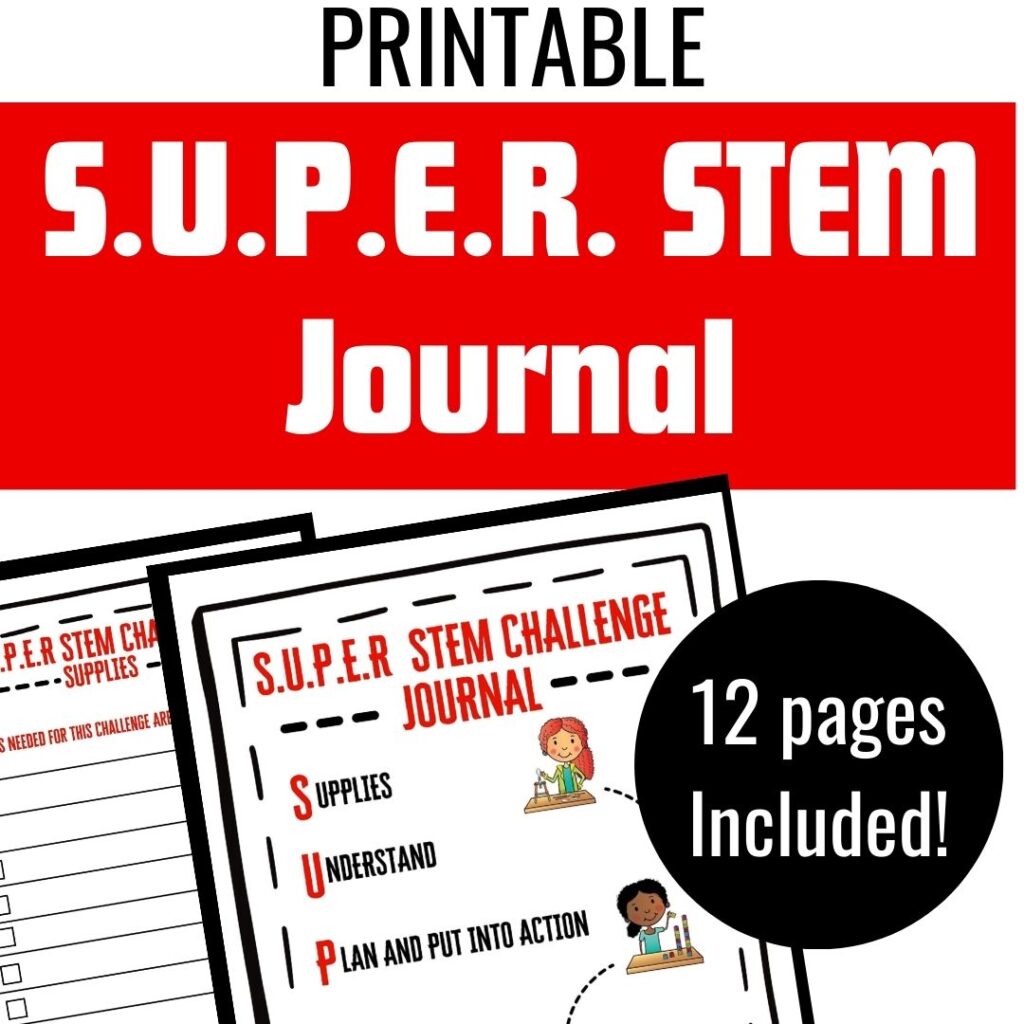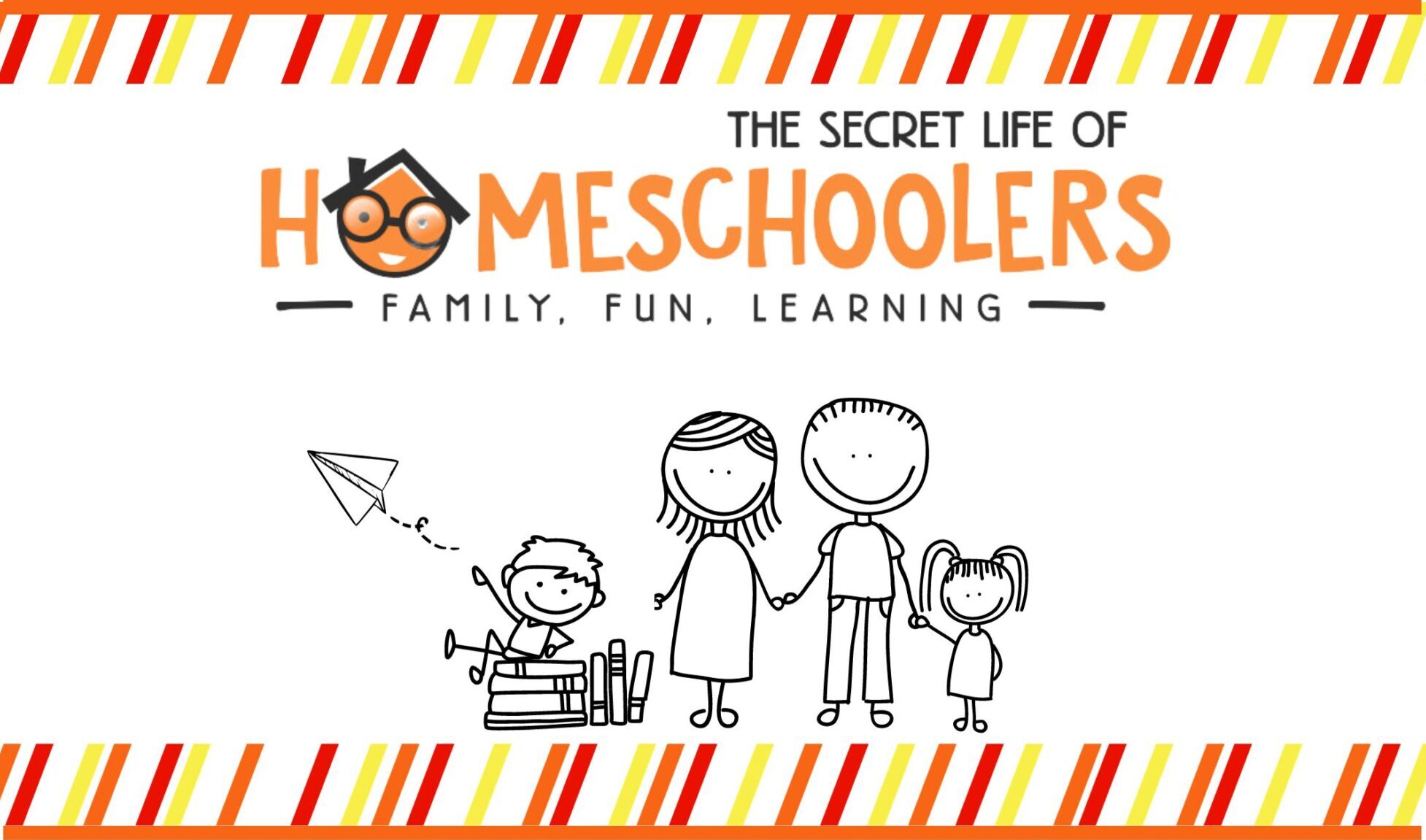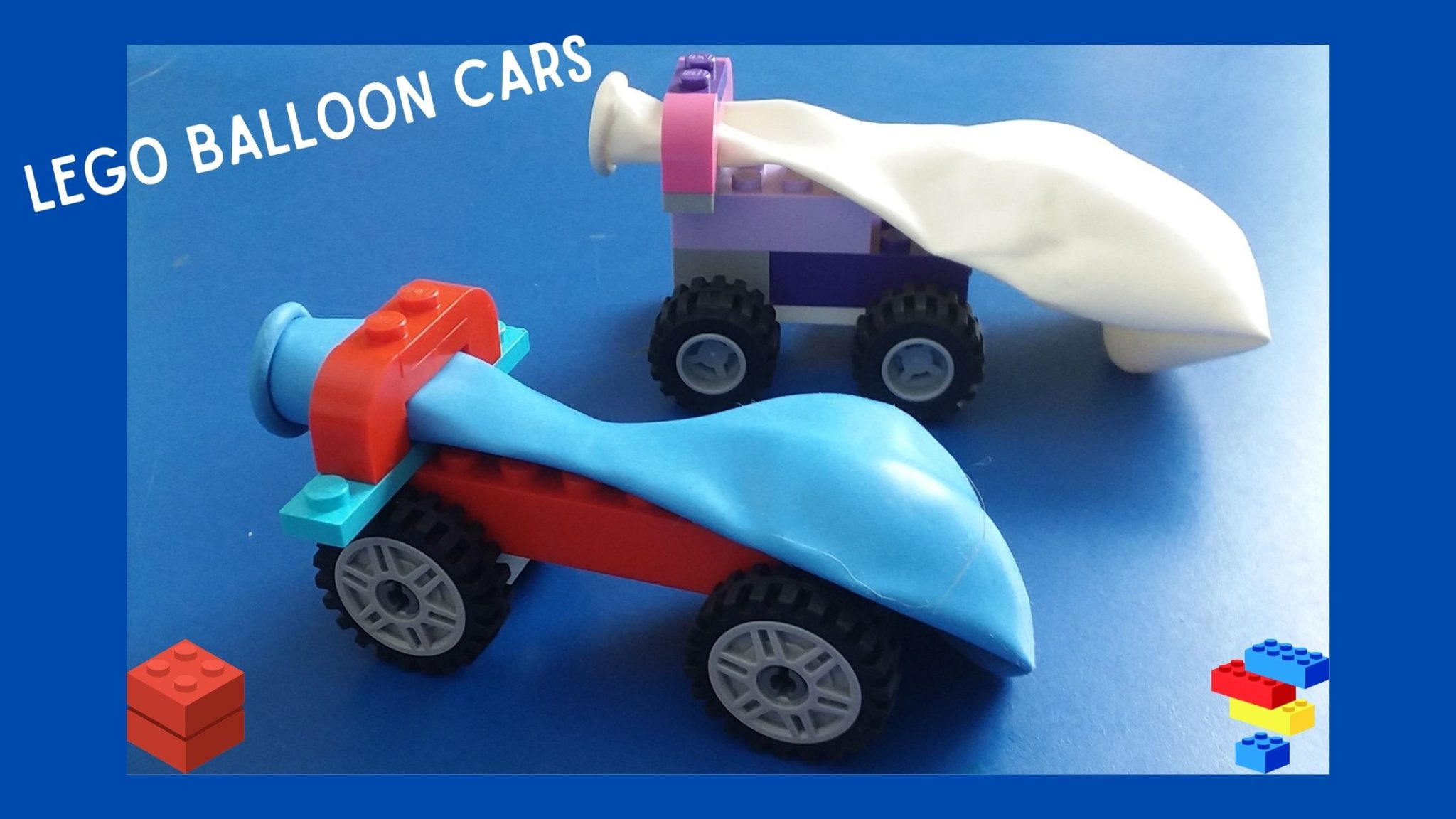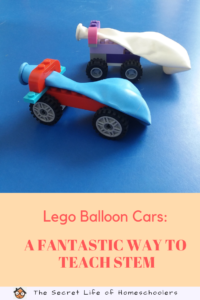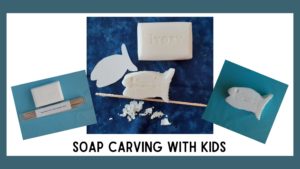Legos are popular today. It is easy to see why. There are countless numbers of cool sets to build. Plus, you can create your own designs. If you go on the internet, you can find many things to build and ways to learn using Legos.
What I love about Legos are all the cool STEM lessons you can use them in. The Lego balloon car is one of them.
I decided one week for a “Fun Friday Activity” to build Lego balloon cars with my kids. They are simple, fun, and educational. I use this formula when planning our weekly fun activities. Lego balloon cars are a great way to have some STEM fun.
You can find many different designs for Lego balloon cars on Pinterest. You can share these ideas with your kids or let them come up with their own.
I didn’t share the designs with my kids. I showed them a piece to help attach the balloon to their cars. I saw this on this site. However, kids are pretty good with Legos, so they would probably figure out a way to attach the balloon on their own.
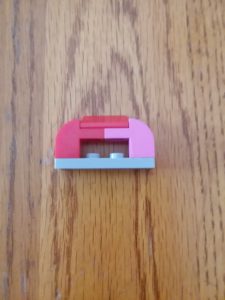
Lego Balloon Car
To do this science lesson, you need the following:
- Lego bricks
- Lego wheels
- Balloons
- Various surfaces such as tile, wood, sandpaper, or carpet ( optional)
There isn’t a lot required, which is nice. The only other thing needed is imagination.
The Fun Part and Challenge of the Lego Balloon Cars
Once you have the materials, it is time to build the cars. Engineering and science come together during the construction phase. Kids must use engineering skills to build cars and run tests like a scientist to see if their design works.
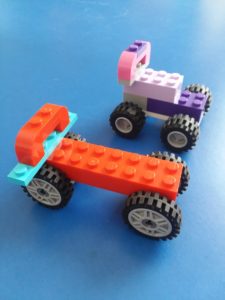
When testing the balloons, you must blow up a balloon and attach it to the car. Make sure the balloon opens on the back of the car,
What happened?
If the car worked, great job. If it didn’t, here are some things to consider:
- Height of the car
- Length of the car
- The type of wheels
- Placement of the wheels
Each of these components will affect the car. It may go in circles, not go at all, or not go very far. So have your kids experiment with the different areas mentioned above to determine how to make it work.
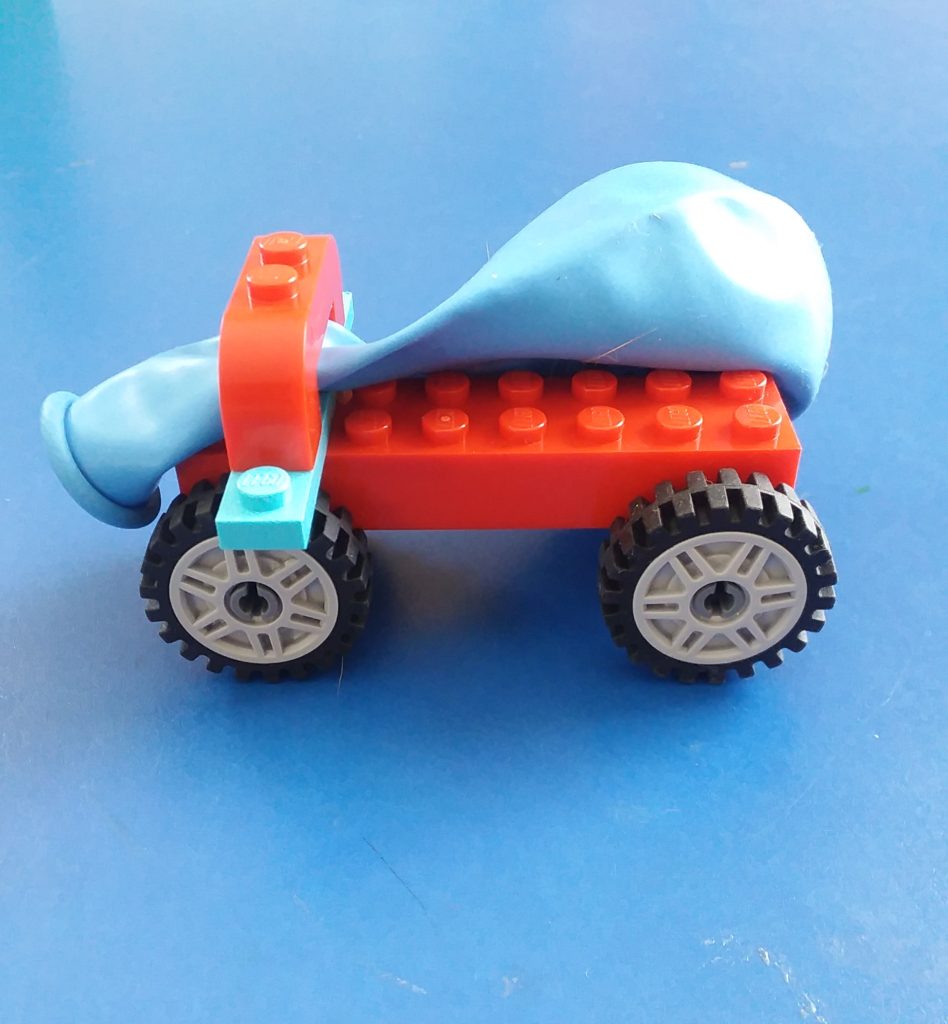
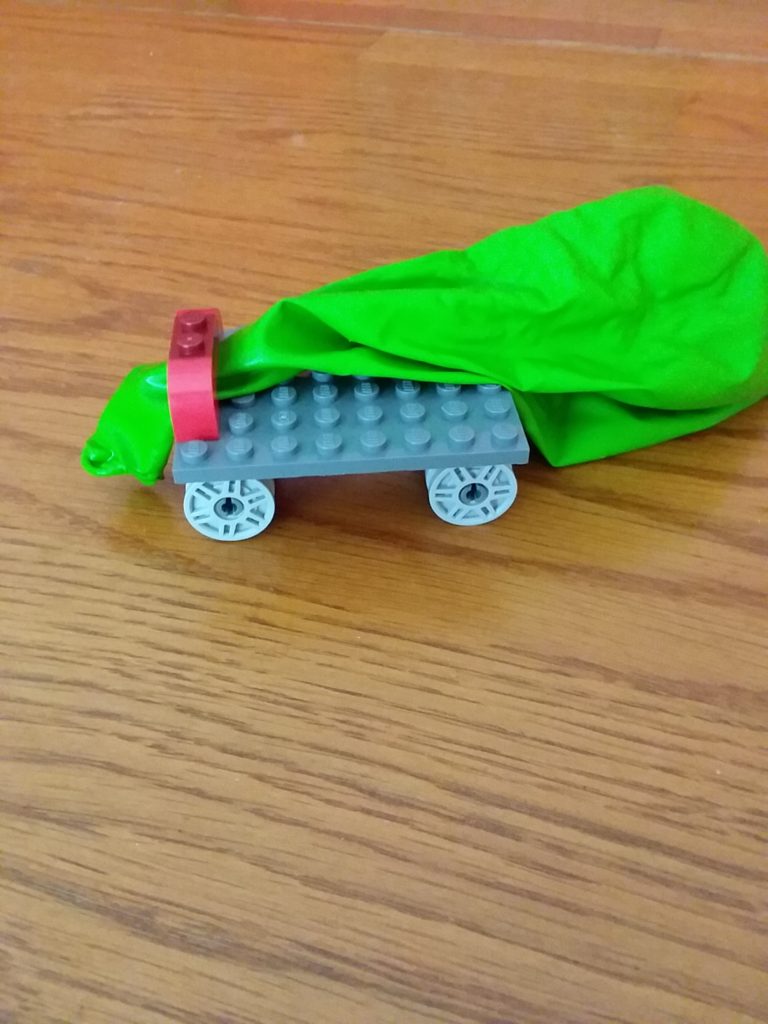
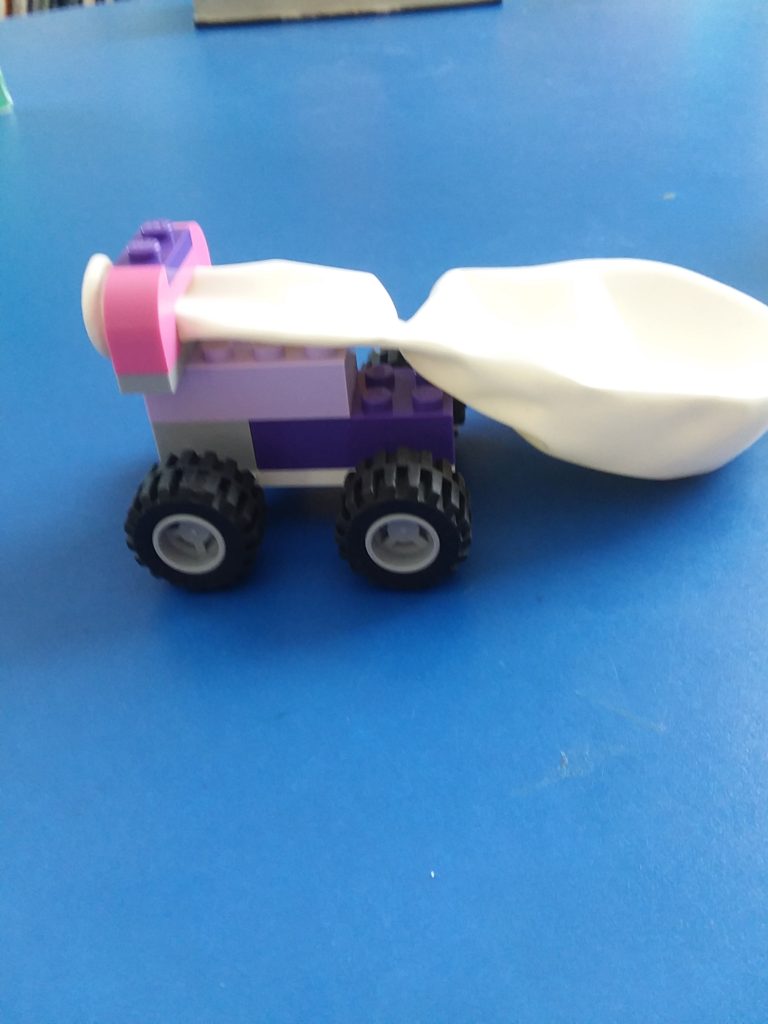
Honestly, my kids had to rebuild their cars a few times. They had to tweak little things here and there to make them go. It was a great way for them to use the scientific method and think like a scientist to figure things out.
You can check out these Lego Balloon cars in action HERE.
Further Science Learning
Once your kids have a design, here is a great opportunity to include even more science.
Now, you can play around and learn about friction. There are a couple of ways to do this:
- Different surfaces
- Different wheels
Different Surfaces:
Look for different surfaces around your house. It can be flooring, tables, countertops, or something you place on a surface like sandpaper or bubble wrap. See what you can find.
Next, have the kids form a hypothesis on how they think their cars will do. Test them out, and discuss why the cars performed the way they did. Tie in how friction is different for each of the surfaces.
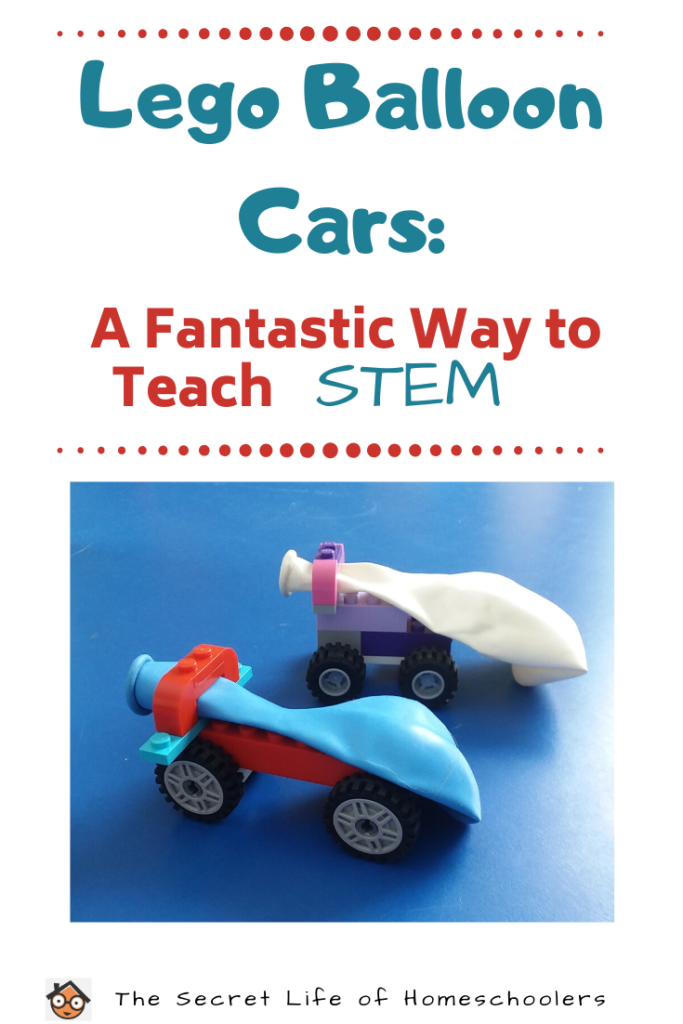
Different Wheels:
The wheels play a part in friction. Experiment with different wheels. Try wheels that have smooth treads and a set that is deeper. You can take the rubber treads completely off and drive the car on the plastic rim. My kids did this, and they worked.
For this experiment, you may want to stick to one surface you know the cars worked well on. Kids can then hypothesize how they think the wheels impact the balloon car.
All of this will lead to great discussions about friction and using the scientific process.
{RELATED- Lego Boats}
Lego Balloon Cars and Math
If you are like me, maybe you have some competitive kids. Here is where math can come in. When kids release their cars, measure how far they go.
With older kids, you have more math options:
- Create tables to record data or distance traveled with different designs, surfaces, and wheels.
- Graph the distance the cars traveled in regular trials, on different surfaces, or with different wheels.
- Find the average distance the car traveled after several trials.
- Look at the ratio of the car length to the distance traveled among everyone’s cars to see if there is a pattern.
So get out your Legos and balloons and let your kids build. Making Lego balloon cars is educational and will lead to good STEM discussions.
Want a fun STEM Journal to use with the kids? Check this out!
